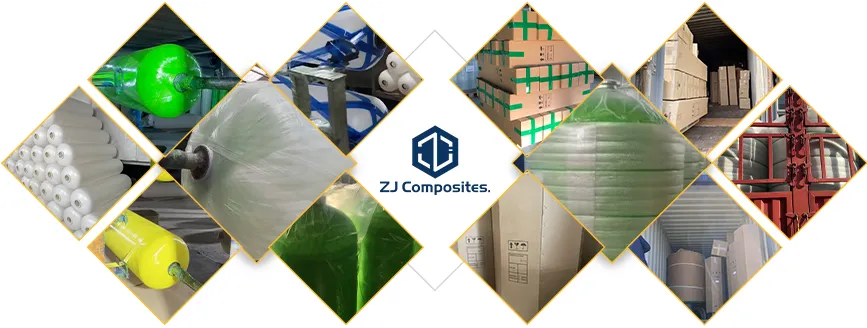loading...
- No. 9, Xingyuan South Street, Dongwaihuan Road, Zaoqiang County, Hengshui, Hebei, China
- admin@zjcomposites.com
- +86 15097380338
- Welcome to visit our website!
frp bar
Understanding FRP Bars A Comprehensive Overview
Fiber Reinforced Polymer (FRP) bars have emerged as a revolutionary material in the construction industry, particularly in applications where traditional steel reinforcement may not be ideal. These composite materials, composed of a polymer matrix reinforced with fibers (commonly fiberglass, carbon fiber, or aramid), offer a range of advantages over conventional materials, making them increasingly popular among engineers and architects.
Properties and Advantages of FRP Bars
One of the most significant advantages of FRP bars is their corrosion resistance. Unlike steel, which is prone to rust and degradation when exposed to moisture and salt, FRP bars do not corrode. This property makes them particularly valuable in environments that are high in humidity or subjected to de-icing salts, such as coastal areas or regions with harsh winter conditions. By using FRP bars as reinforcement, structures can maintain their integrity and extend their lifespan significantly, reducing maintenance costs over time.
Additionally, FRP bars are lightweight compared to steel, which simplifies transportation and handling on construction sites. This characteristic can lead to lower labor costs and reduced structural load, enabling designers to optimize their designs effectively. The high strength-to-weight ratio of FRP materials also permits the construction of more innovative designs that would be challenging or impossible with traditional materials.
Another appealing feature of FRP bars is their non-magnetic properties. This makes them suitable for use in sensitive environments where magnetic interference can be detrimental, such as in MRI facilities or in certain military applications. Furthermore, they provide excellent thermal insulation, which can contribute to energy-efficient building designs.
frp bar

Applications of FRP Bars
FRP bars are versatile and can be utilized in a variety of applications. In bridge construction, they have been effectively employed to reinforce decks and other structural components, providing durability against environmental stressors. In parking garages, where exposure to chemicals and moisture is common, FRP bars can prevent deterioration over time, safeguarding the structural integrity of these facilities.
In the field of civil engineering, FRP reinforcement has also been used as a solution for retrofitting existing structures. For instance, when reinforcing aging concrete beams or columns, FRP strips or bars can be applied to enhance load-bearing capacity without adding significant weight. This retrofitting capability is particularly valuable in urban settings where replacing or demolishing existing structures can be cost-prohibitive and logistically challenging.
Challenges and Considerations
Despite their numerous advantages, the use of FRP bars is not without challenges. The initial cost of FRP materials is usually higher than that of steel, which can deter some contractors from considering them. Moreover, the long-term performance of FRP bars under various load conditions and temperature changes still requires further research to fully understand their behavior, particularly for large-scale constructions.
With ongoing advancements in material science, the potential for FRP bars continues to grow. As more engineers and architects recognize the benefits of these innovative materials, we can expect to see an increasing integration of FRP technology in construction projects around the world. Their ability to provide strength, longevity, and resilience makes FRP bars a crucial component of modern engineering solutions, paving the way for safer and more durable structures in the future.
-
The Rise of FRP Profiles: Strong, Lightweight, and Built to LastNewsJul.14,2025
-
SMC Panel Tanks: A Modern Water Storage Solution for All EnvironmentsNewsJul.14,2025
-
GRP Grating: A Modern Solution for Safe and Durable Access SystemsNewsJul.14,2025
-
Galvanized Steel Water Tanks: Durable, Reliable, and Ready for UseNewsJul.14,2025
-
FRP Mini Mesh Grating: The Safer, Smarter Flooring SolutionNewsJul.14,2025
-
Exploring FRP Vessels: Durable Solutions for Modern Fluid HandlingNewsJul.14,2025
-
GRP Structures: The Future of Lightweight, High-Performance EngineeringNewsJun.20,2025
